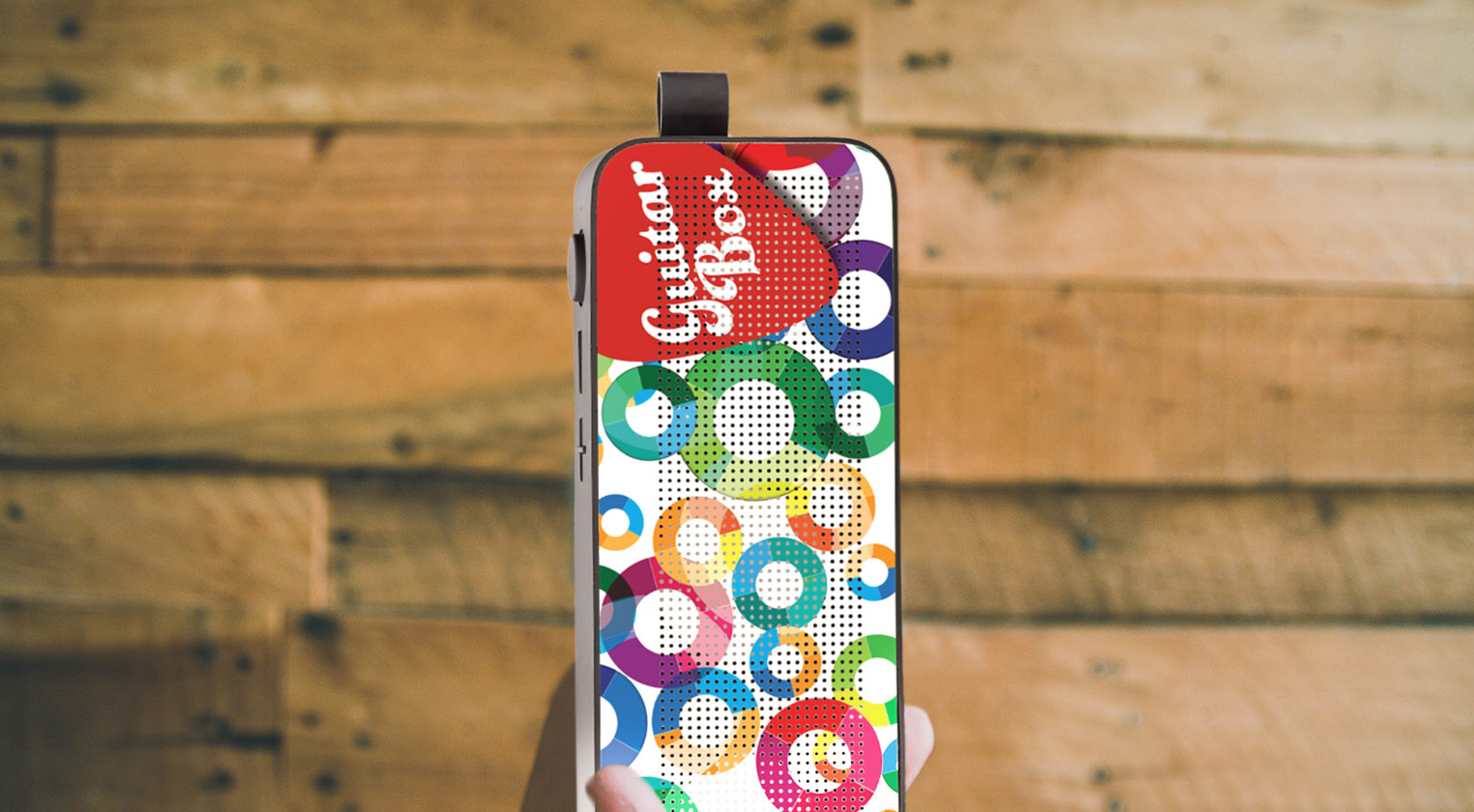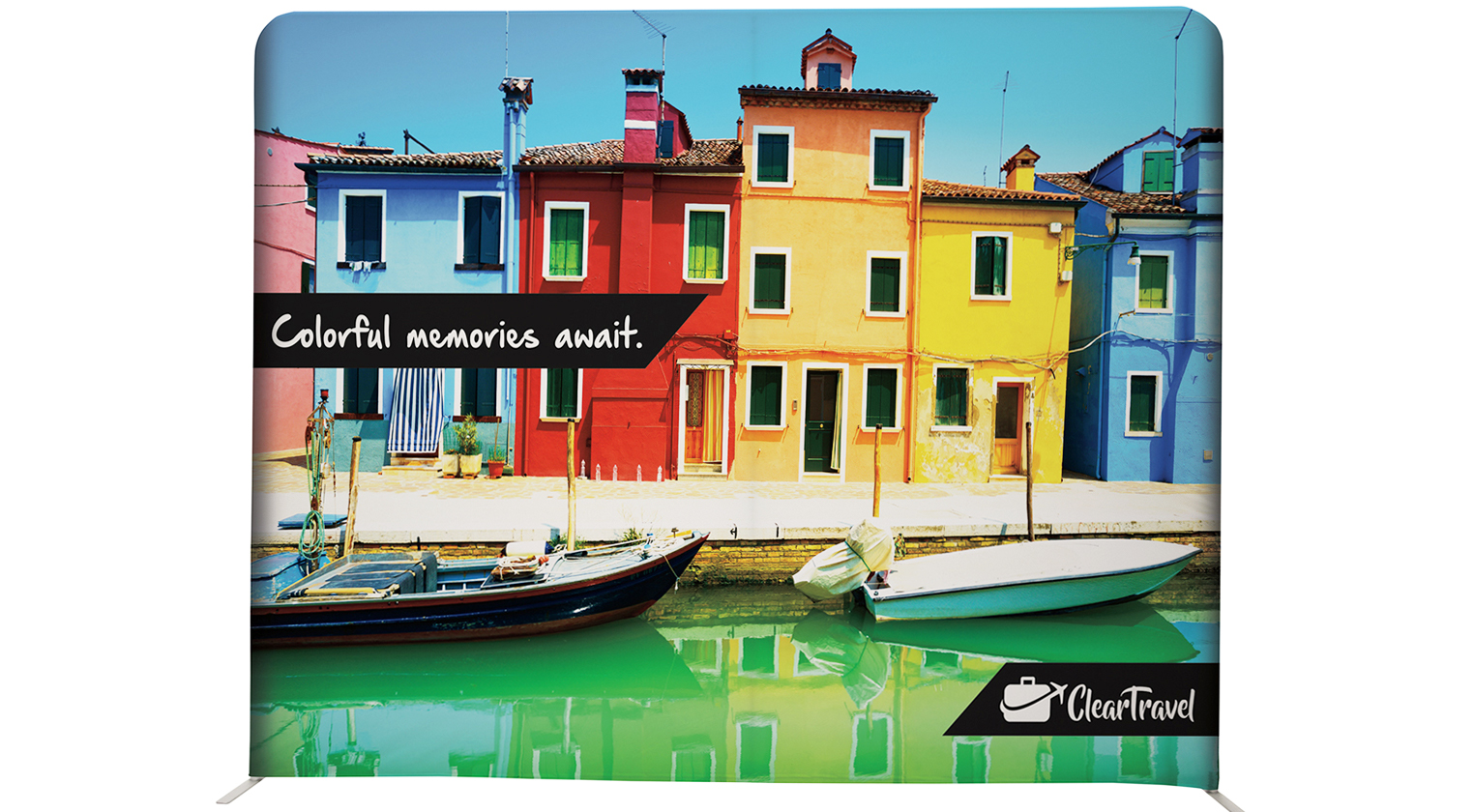We all know choosing the right promotional items and apparel for your campaign is critical. It’s equally as important, however, to select the right decoration method. There are many factors to consider, from material and color to aesthetic and durability.
The explanations below are designed to introduce you to the various available decoration options. We hope you find this information helpful!


Screen Printing
Screen printing is one of the most widely used decoration methods for both promotional items and apparel. Ink is applied to a screen and then pressed through a stencil onto the product. The ink doesn’t soak into the fabric, it lays on top. This method of decoration offers vibrant colors and works well for trendy designs and crisp images.
Considerations:
+ Vibrant Color.
+ PMS Match.
+ Fantastic for large volume.
+ Can be applied to a wide range of fabrics including cotton, plastic substrates, metal and wood.
– Not as cost-effective for small runs.
– Trickier for photorealistic images.
– Complicated, multicolor designs can add expense.


Direct-to-Garment
With the Direct to garment (DTG) technique, an image or design is printed directly onto fabric – like a color printer! Ink is sprayed onto the garment using inkjet technology. This method of decoration is great for printing full color, detailed photographs because the colors can be limitless.
Considerations:
+Quick turnaround time.
+No setup costs. Great for low volume runs.
+Best for reproducing full color photographs and gradients.
-Not cost effective on long runs.
-No PMS color match.
-Limited placement options for your design.
-Not as bright or long lasting as screen printing.


Direct-To-Film
DTF is a process that transfers prints onto fabric or other substrates using a heat-press mechanism. Unlike the DTG method, which only works on cotton fabrics, the DTF method works on both cotton and poly blends. The use of Printer Direct to Film or Printer DTF offers simplicity, convenience, and consistent performance across a wide range of imprint colors.
Considerations:


Embroidery
Embroidery is the most common way to decorate apparel. Artwork is converted into a digitized file and then stitched onto fabric through the use of a high-speed, computer-controlled sewing machine. Whether you want subtle tone-on-tone or bold and colorful, this technique makes a lasting impression.
Considerations
+Durable.
+Color quantity has no impact on cost.
+Sustained color quality through the lifetime of garment wear.
+Heavy cloths such as fleece and heavy cotton are suited for embroidery, which isn’t always an option for print.
-Difficult to show color fading and shade.
-Small details, especially text, can get lost.
-Price is driven by the number of stitches. Therefore, the bigger the logo, the more costly.


Heat Transfer
Heat transfer appliques are produced ahead of time and then permanently affixed to garments using heat and pressure. This technique is ideal for complex artwork or photographs, as it utilizes full color process (CMYK) to produce colorful and detailed decoration.
Considerations
+Shows amazing detail and small text.
+Photographic material can be pressed.
+Versatile. Can be applied to a number of surfaces.
-Higher up-front set up costs.
-Print can fade with continuous washing.
-Exact PMS color matching is not guaranteed.
-Cannot layer colors, as the applique will become bulky and heavy.


Full Color Digital Print
Full color digital print uses four-color process (CMYK) to produce bright, colorful and detailed decoration. Designs are digitally imprinted onto promotional items using overlapping colors to create thousands of hues – like a printer!
Considerations
+Clear and vivid coloring.
+Large variety of tones and colors.
+Quick turnaround time due to minimal set up.
+Most effective when running lower quantities.
-More expensive in higher quantity runs.
-Exact PMS color matching is not guaranteed.
-Can be applied only to smooth surfaces.


Laser Etch
Laser etching burns your design into metal and choice apparel items to create a relief texture. An oxidation process can also be added afterwards to metal items, offering contrast to the surrounding material. The cutting-edge accuracy of this technique is perfect for intricate designs
Considerations
+Can be applied to a number of materials, including synthetic fabrics.
+Permanent etching will not fade with washing.
+Environmentally friendly with no toxic waste or biproducts.
+A preferred branding method for glass, crystal and metal surfaces.
-Can lack contrast on metal without adding oxidation.
-This technique cannot engrave large surface areas, curved textures or materials like plastic.


Deboss
Debossing is used primarily for leather/leatherette or apparel. A design is pressed into material or fabric to make a permanent dimensional imprint through high temperatures. Crisp debossed artwork adds a high perceived and lasting value to everyday items.
Considerations
+Can be applied to a number of soft and hard surfaces, including apparel.
+Incredibly detailed images allow for unlimited creativity.
+Permanent indentation makes for a durable and lasting design.
-Effect varies based on material.
-Higher price point due to equipment setup charge.


Foil Stamp
Foil stamp is a branding technique in which inks or colored foils are transferred onto materials at high temperatures. Foil stamping can be used to achieve a variety of specialized textures, including matte, metallic, glossy and holographic finishes. The metallic effect of the designs can offer either sophisticated contrast or tonal depth.
Considerations
+Luxurious aesthetic.
+Long-lasting durability.
+Flexible process that can be used on paper, plastic, leather, rubber and more.
-Higher price point.
-Color limitations – only one color can be printed per application.


Epoxy Dome
Epoxy Dome is a full-color digital printing method that involves applying an epoxy onto the design of your choice, where it is then left to harden and cure. This creates a captivating dome effect that is resistant to wear and scratches. Near Field Communication (NFC) microchips can also be integrated into this decoration technique. Learn more about that here.
Considerations
+Resistant to wear and scratches.
+Available in a variety of custom shapes.
+Can be affixed to many different surfaces.
+Eye-catching three-dimensional appearance.
-Exact PMS color matching is not guaranteed.


Dye-Sublimation
Dye-sublimation uses aqueous ink, which is applied to specially coated polyester fabric. The ink is then sublimated into the fabric with heat. This causes the ink to permanently become part of the fabric, allowing printed images to remain crack-free and vibrant even after multiple washes. This print method is ideal for flags, fabric displays, table throws, event tents and more!
Considerations:
+True-tone color matching.
+Images are richer in quality.
-Cannot be printed on darker fabrics.
-Can be more expensive than other decoration methods.


Pad Printing
Pad printing uses a soft silicone pad to transfer images onto the surface of promo and apparel. The machine holds both the pad and the product steady and then presses the pad into an ink plate, which is tailored to the shape of a logo or artwork. The pad is then pressed onto the object creating a crisp clear image and left to air dry. This method is ideal for both high and low volume runs.
Considerations:
+Suitable for delicate and mechanically sensitive products.
+Prints on 3-D surfaces and products of all shapes and sizes.
+Can print on a variety of surfaces including plastic, glass, metal, coated substrates, ceramics, silicones, foods and more!
-Limited in terms of speed.
-Multiple colors must be applied separately.



